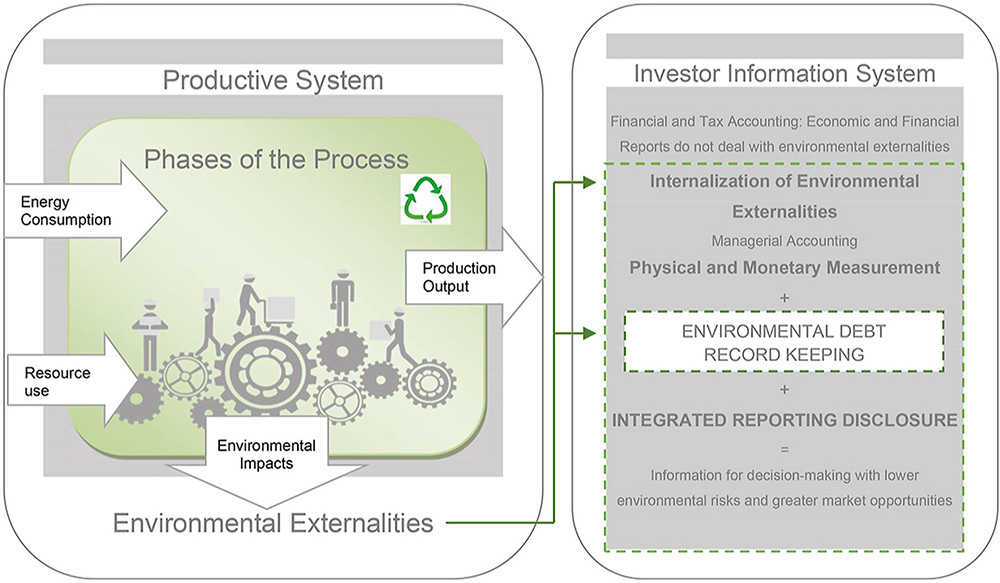Setting the standard for reusable packaging
By Deonna Anderson in Green Biz
January 28, 2022
Amy Larkin and Claudette Juska, co-founders of PR3, previously worked together on transforming another global system, eliminating hydrofluorocarbons (HFCs) from refrigeration. Their actions led to HFCs being included in the Montreal Protocol, the landmark agreement that regulates the production and consumption of nearly 100 man-made chemicals referred to as ozone depleting substances.
After their HFC work, the two went their separate ways, with Larkin consulting with global NGOs and multinational corporations on plastic policy and reduction of plastic. She said she was repeatedly part of conversations where the need for reuse came to the surface as a solution.
So, she started asking herself these questions about reuse: Where will the reusable containers go? Who’s going to store them? Who’s going to wash them? Who’s going to monitor them? Who’s going to redeliver them? Who’s going to inventory them? Who’s going to make sure all this labor takes place in just conditions?
That’s when it struck her that she wanted to take on another type of system change. So, she called Juska.
https://www.greenbiz.com/article/setting-standard-reusable-packaging


